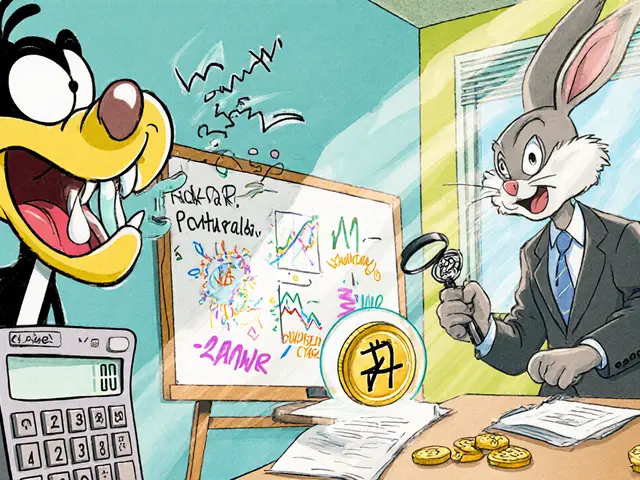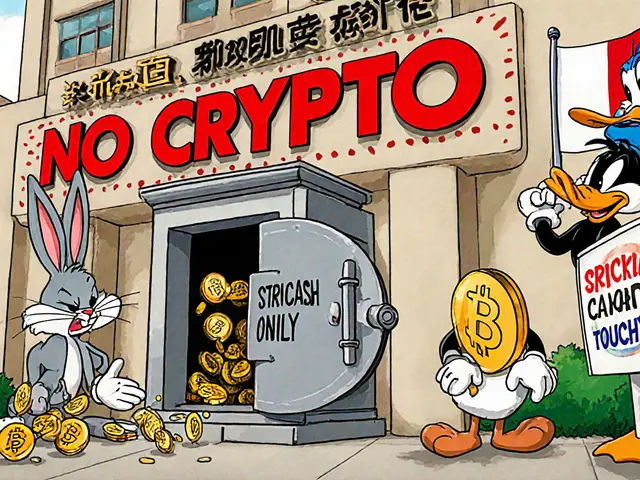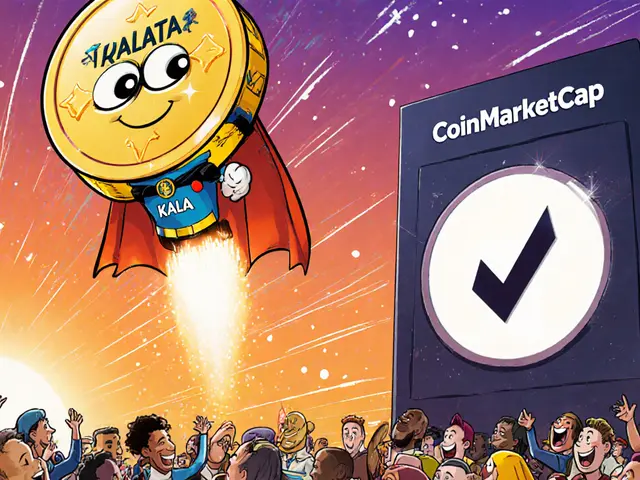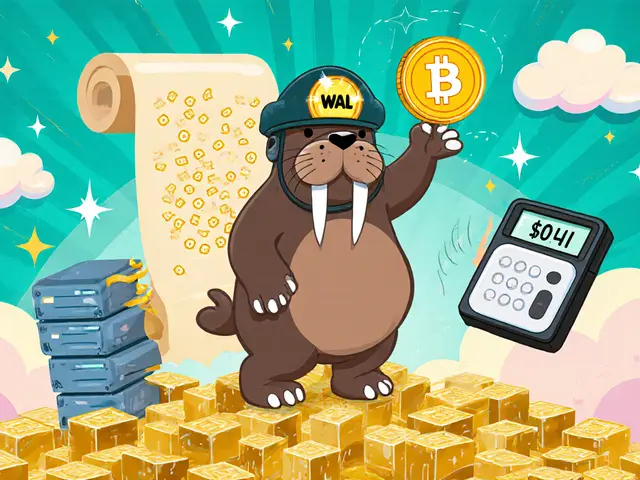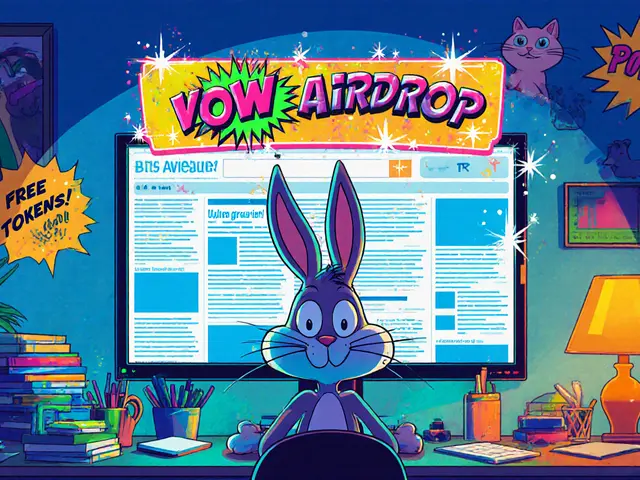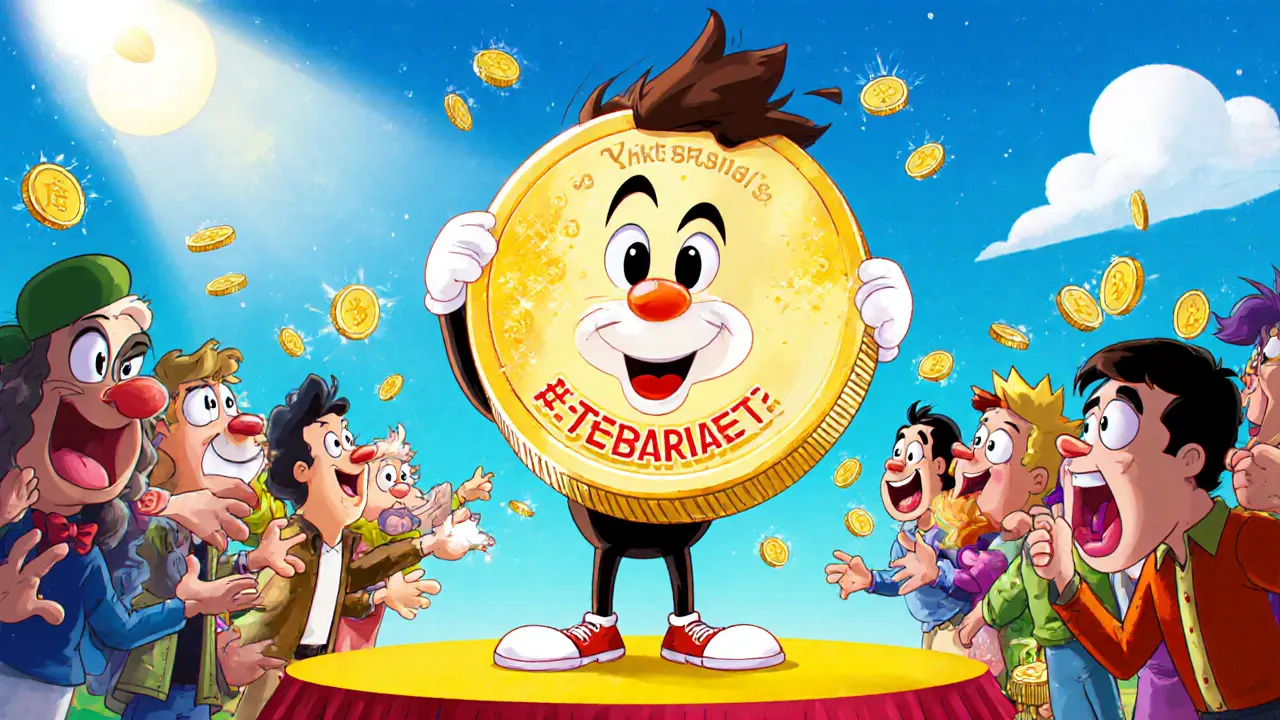
Social Token Creator Calculator
Estimated Results
Enter your details and click Calculate to see estimated potential earnings from social tokens.
Potential Monthly Revenue
$0.00
Token Value Growth
0%
Active Token Holders
0
If you’ve ever wondered how influencers could turn a simple tweet into a tradable asset, the answer lies in social tokens. These little‑known crypto coins are reshaping the creator economy by letting fans buy a piece of a personality, band, or community, and then use that piece to unlock exclusive perks. Below is the low‑down on what they are, how they work, and why they matter.
Quick Take
- Social tokens are creator‑issued crypto coins that live on public blockchains like Ethereum, Solana, or Polygon.
- Fans buy, hold, and trade them on both centralized (CEX) and decentralized exchanges (DEX).
- Tokens grant access to private chats, merch, event tickets, and even voting rights within the community.
- Launching a token is as easy as filling out a form on platforms such as Rally or Roll.
- Risks include price volatility, regulatory uncertainty, and the need for a solid community strategy.
Social token is a type of cryptocurrency that a creator, influencer, or community issues to monetize their online presence and build a direct economic relationship with supporters. These tokens are minted on smart‑contract blockchains and can be bought, sold, or held like any other crypto asset.
How Social Tokens Work
Creating a token starts with a smart contract-a piece of self‑executing code on a blockchain. The creator decides the token name (e.g., $MUSIC), the total supply, and any built‑in perks. Once the contract is deployed, the token appears on explorers such as Etherscan for Ethereum or Solscan for Solana.
Fans acquire the token in three main ways:
- Direct purchase during an initial launch or a fundraiser on a platform like Rally.
- Secondary market trades on decentralized exchanges (Decentralized exchange or DEX) such as Uniswap.
- Purchase on centralized exchanges (Centralized exchange or CEX) that list the token after it gains traction.
After buying, token holders store the coins in a compatible wallet-MetaMask, Phantom, or any wallet that supports the underlying blockchain. The wallet not only holds value but also acts as the key to unlock community benefits.
Why Creators Love Social Tokens
Traditional influencer revenue streams-ads, sponsorships, and merch-always involve a middleman. Social tokens cut that middleman out. When a fan purchases a token, the creator receives the proceeds directly, minus only the network gas fee. The more fans buy, the higher the token’s market price, giving creators a built‑in incentive to keep their community engaged.
Beyond pure cash flow, tokens enable:
- Governance: Holders can vote on upcoming projects, set community rules, or decide which merch to produce next.
- Tiered Access: Different token quantities unlock varying levels of exclusive content-private Discord channels, behind‑the‑scenes videos, or early‑ticket sales.
- Scarcity‑Driven Value: A limited supply means demand can push the price up, creating a market‑driven appreciation in the creator’s brand.
What Fans Get Out of Holding Social Tokens
From a fan’s perspective, buying a token is a way to become a stakeholder in a creator’s success. The benefits aren’t just intangible bragging rights; they’re tangible, tradable perks:
- Access to private chat groups where the creator drops unreleased content.
- Eligibility for exclusive merchandise drops or limited‑edition NFTs.
- Invitation‑only events-virtual meet‑ups, backstage passes, or concert ticket raffles.
- Governance rights that let token holders shape the creator’s next move, from song releases to podcast topics.
Because tokens are listed on markets, fans can also sell them later, potentially at a profit if the creator’s popularity spikes. That flip‑side makes social tokens a hybrid of fan club membership and investment.
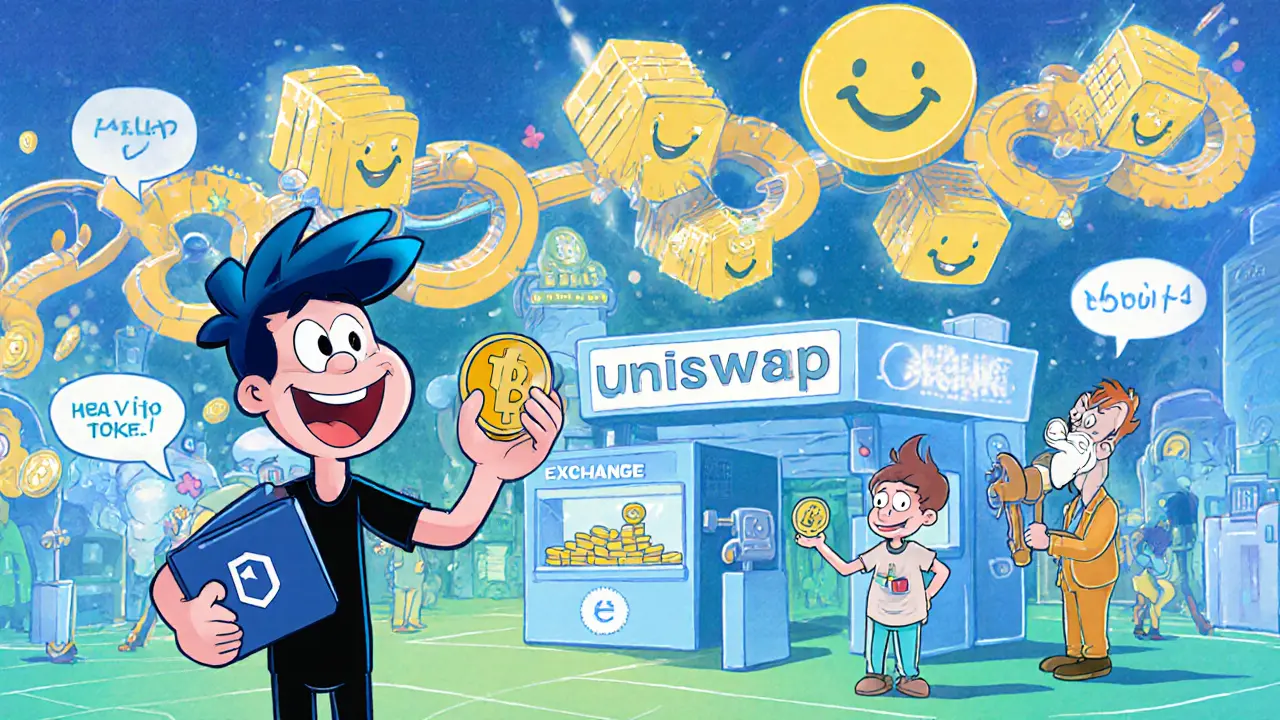
Social Tokens vs. NFTs vs. Traditional Memberships
| Aspect | Social Tokens | NFTs | Traditional Membership |
|---|---|---|---|
| Underlying Tech | Fungible crypto coin on a blockchain | Unique, non‑fungible token | Database‑driven subscription |
| Tradeability | Highly liquid on CEX/DEX | Secondary sales possible but less liquid | Usually non‑transferable |
| Community Benefits | Access, governance, merch, events | Ownership of digital art, occasional perks | Access to content behind a paywall |
| Value Driver | Supply & demand + creator popularity | Rarity & artistic merit | Subscription price |
| Creation Ease | One‑click on platforms like Rally | Requires minting unique assets | Set up via traditional SaaS |
Popular Platforms for Launching Social Tokens
Several services have built turnkey solutions for creators. The most notable are:
- Rally - Focuses on community‑driven tokens; offers built‑in wallets, marketplaces, and analytics.
- Roll - Allows creators to issue both fungible tokens and NFTs from a single dashboard.
- BitClout (now DeSo) - A blockchain dedicated to social tokens, letting users tip and trade without a separate platform.
- Ethereum‑based custom launches - For creators who want full control over tokenomics and smart‑contract features.
All these platforms handle the technical heavy lifting (smart‑contract deployment, token distribution, compliance checks) so creators can focus on community building.
Step‑By‑Step: Launch Your Own Social Token
- Define Your Goal. Decide whether the token will fund a project, reward loyal fans, or both.
- Choose a Blockchain. Ethereum offers broad adoption; Solana and Polygon provide lower transaction fees.
- Set Tokenomics. Pick a supply limit (e.g., 1million $YOURNAME), decide on any inflation rate, and map out perk tiers.
- Select a Platform. Sign up on Rally, Roll, or another service that supports your chosen blockchain.
- Create the Smart Contract. Use the platform’s wizard or, for custom control, hire a developer to write the ERC‑20 (or SPL) contract.
- Audit & Compliance. Run a security audit (even a basic one) to avoid vulnerabilities and check local regulations.
- Launch Marketing. Tease the token on social media, share a launch date, and offer early‑bird bonuses.
- Open Trading. List the token on a DEX like Uniswap or a CEX that supports new assets.
- Deliver Benefits. As holders accumulate tokens, roll out promised perks-private chats, merch drops, or voting events.
- Iterate. Gather feedback, tweak tokenomics, and keep the community engaged to sustain value.
Risks, Regulations, and the Road Ahead
While the upside looks bright, creators should be aware of potential pitfalls:
- Price Volatility. Market swings can make token value unpredictable, affecting both creator revenue and fan sentiment.
- Regulatory Gray Area. Some jurisdictions treat social tokens as securities; compliance may require KYC or disclosures.
- Community Management. A token creates an expectation of ongoing value delivery; failing to meet promises can lead to backlash.
- Technical Risks. Smart‑contract bugs can be exploited; using audited contracts mitigates but doesn’t eliminate risk.
Industry analysts predict broader adoption as mainstream platforms integrate Web3 wallets and as regulators clarify token classifications. For now, the safest approach is to start small, focus on genuine community value, and stay informed about evolving legal landscapes.
Frequently Asked Questions
What is the difference between a social token and a cryptocurrency like Bitcoin?
Bitcoin is a decentralized store of value created to be a global currency. A social token, on the other hand, is issued by a specific creator or community and is tied to that brand’s ecosystem, granting holders access to exclusive perks and governance rights.
Do I need a crypto wallet to buy a social token?
Yes. To store, trade, or use a token, you’ll need a wallet that supports the token’s blockchain (e.g., MetaMask for Ethereum or Phantom for Solana).
Can I earn money by holding a social token?
Potentially. If the creator’s popularity grows, demand for the token can push its market price up, allowing holders to sell at a profit. However, prices can also fall.
Are social tokens regulated?
Regulation varies by country. Some jurisdictions view them as securities, which may require KYC procedures. Creators should consult legal counsel before launching.
How do I know if a social token is trustworthy?
Look for transparent tokenomics, an audited smart contract, and a creator with a genuine, engaged community. Platforms like Rally provide built‑in audits and community dashboards that help assess legitimacy.

